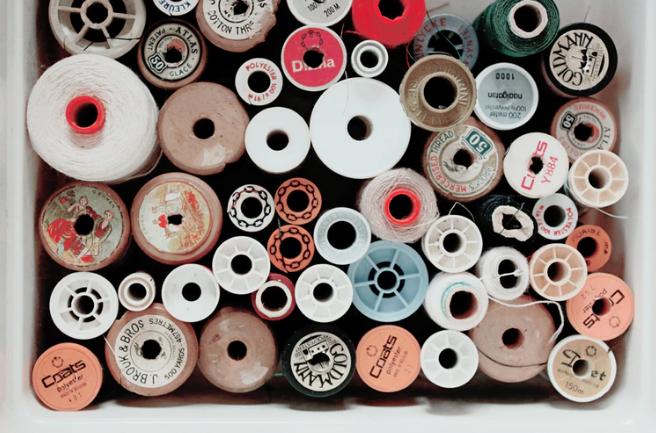Textile production has been found to be one of the world’s most polluting industries, surpassing the carbon dioxide emissions of both international flights and maritime shipping. Polyester, which is now the most commonly used material in clothing, has a sizable footprint on our environment as it is produced from fossil fuels. And as fashion grows more quickly over the years, the impact it is having on our world is becoming more dramatic.
These days, brands are releasing new designs every few weeks in order to keep up with consumer demand. Studies from Nature News show that people now wear garments very little before disposing of them. In order to make this industry greener, it will require action from both businesses and consumers.
Initiatives toward sustainable energy use for fashion have emerged globally, such as the United Kingdom’s SWITCH plan in which the British Fashion Council plans to encourage businesses to switch to solely green energy by 2020. Efforts have also been made to utilize more recycled material in clothing because it is estimated that currently only 1 percent of fabric used in textiles is recycled.
In order to break away from our current disposable culture, companies have started to create more durable clothing in the first place. Along with this, a shift in consumer behavior is needed; the public must become accustomed to more sustainable shopping practices, such as thrifting and renting clothing.
There are varying opinions for the most effective solutions to these problems. While the U.K. is focused on producing clothes with green energy after the introduction of the SWITCH initiative, companies like Patagonia combat climate change by creating garments made from recycled plastic.
Another issue within the fashion industry is that brands often overproduce, leaving hundreds of pieces of unpurchased clothing to go to landfills when seasons and trends change. Spain-based brand, Zara, stays on top of consumer demand and reduces waste by utilizing a trend forecasting system and producing only small quantities of the garments gaining popularity.
In sum, the main consensus of fashion brands across the globe is to take action, even if it involves a combination of many solutions. An opinion piece from the Huffington Post expresses why they believe so strongly in addressing this issue: “[Fashion] is a full spectrum industry. It extends from the farmers that grow cotton to the women beading in ateliers, it encompasses millions of people from agriculture to the creative marketing and selling. It is also dependent on the animal kingdom and some of the most fragile ecosystems on earth. Therefore, fashion touches on every great environmental theme: climate change, declining available resources, lost wilderness, flooding, through to the flipside of flooding – drought. And of course, all of these are interconnected.”
Fighting for a more sustainable world involves introspection. All that needs to be done is some reflection on our daily actions that could potentially hurt the environment, such as taking excessively long showers or using paper to do work instead of completing it digitally.
Now, we know how much the clothes we wear impact the environment, too – from the weaving of the textiles in the factories to the purchasing of a garment at a store. Take after these companies making changes and alter some harmful fashion habits in your life. Whether it’s deciding to thrift more, granting your garments a longer shelf life, or buying clothes made from recycled material, every little action counts toward cultivating a healthier planet.
Related
Climate Change and The Trump Administration: What Can We Expect?





